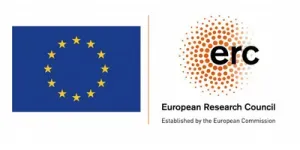People
People
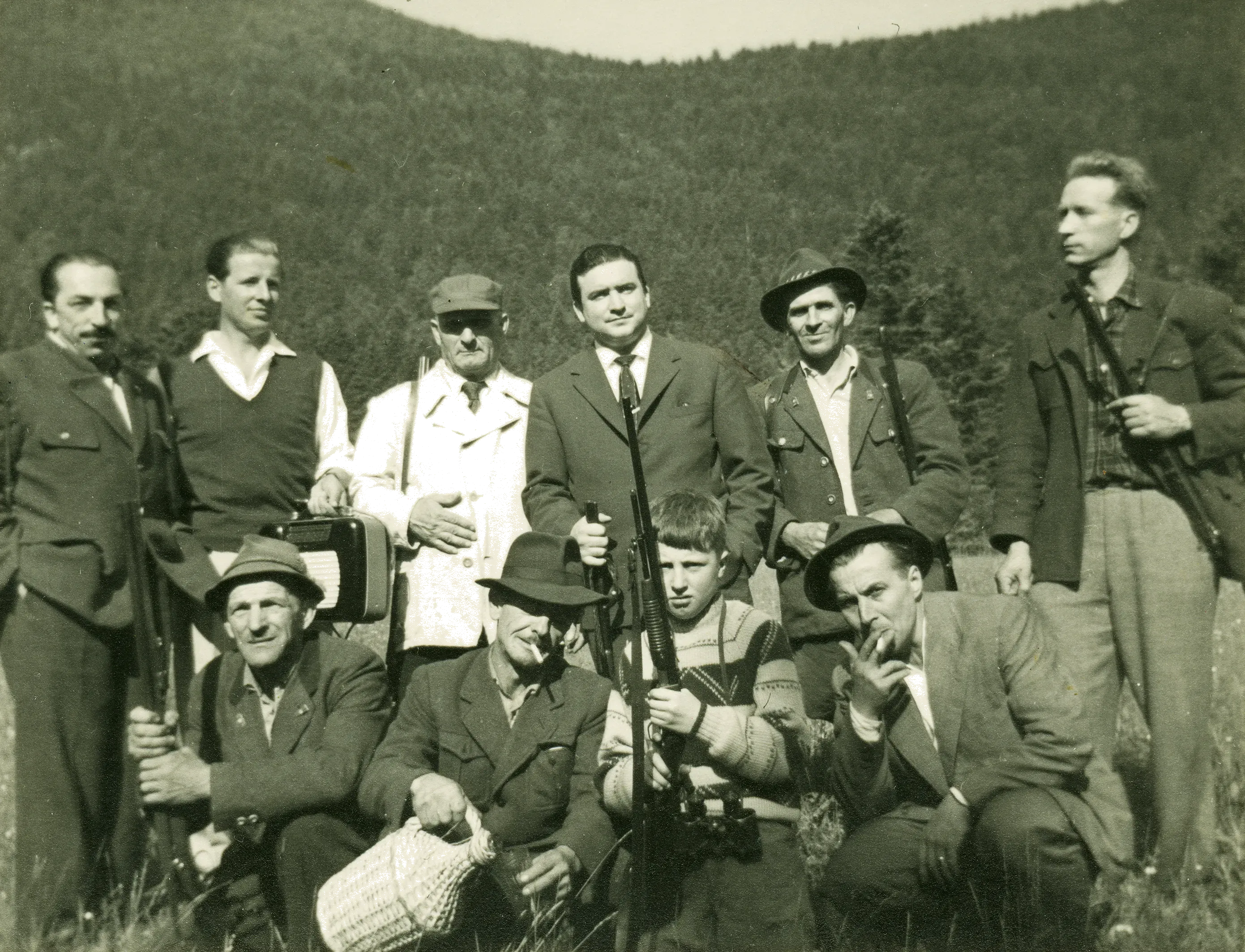
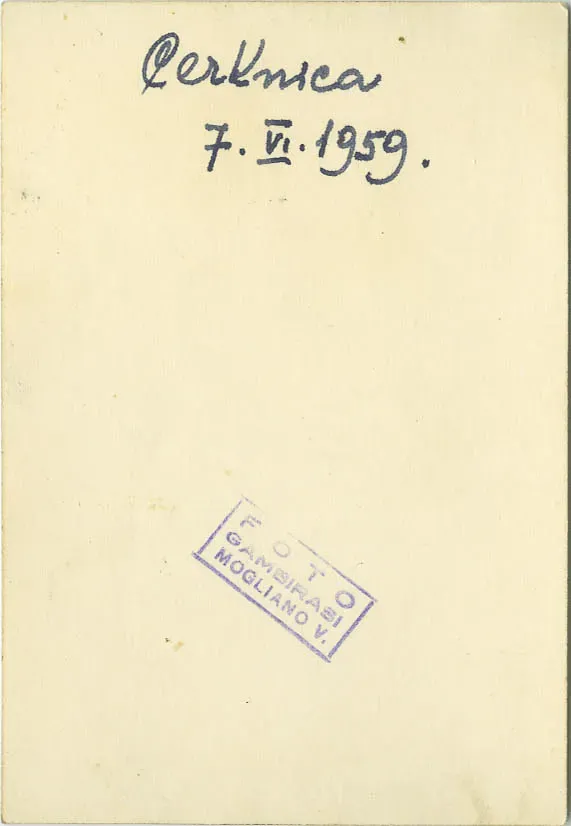
unting and fishing established international connections relatively early on, cutting across the rigid postwar political divisions. Already in 1948, the Slovenian town of Bled hosted the general assembly of the Brussels-based International Cynological Federation, where hunters played a key role with their hunting hounds. Foreign citizens were granted permission to hunt and fish in 1955. As many members of the Yugoslav elite were hunters and fishermen themselves, the State Protocol Office often organised hunting and fishing trips for important foreign guests. Both were considered a special form of entertainment and socialising but also an opportunity to conduct informal political talks with foreign representatives.
Hunting and fishing tourism was stimulated by the Yugoslav authorities as a means of obtaining stable foreign currency in particular. Since the mid-1950s, Yugoslav bilateral border agreements with Austria and Italy facilitated trans-border cultural and economic cooperation, which also included the possibility to fish and hunt. Both activities were also promoted in the once united local context that had been separated by the new state border in 1947. In this respect, kinship ties, friendships and national minorities on both sides of the border proved decisive.


Opened in 1967 in Murska Sobota, the Hotel Diana is named after the Roman goddess of the hunt. It was often the overnight home of foreign guests, initially mostly Italians, who hunted and fished in Prekmurje. The hotel also housed dog kennels. The hotel’s façade is decorated with artwork by Jože Horvat-Jaki depicting a deer.
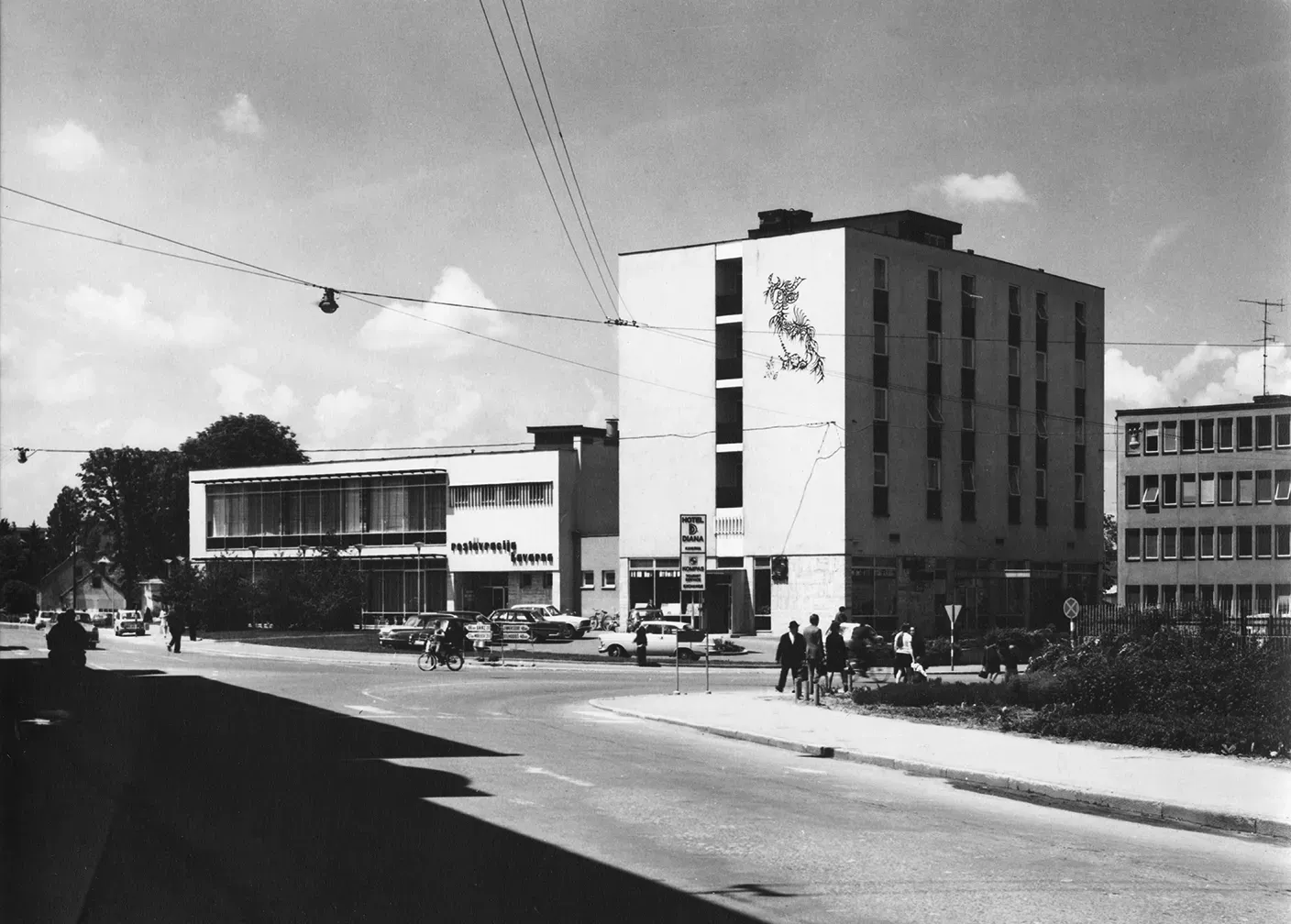
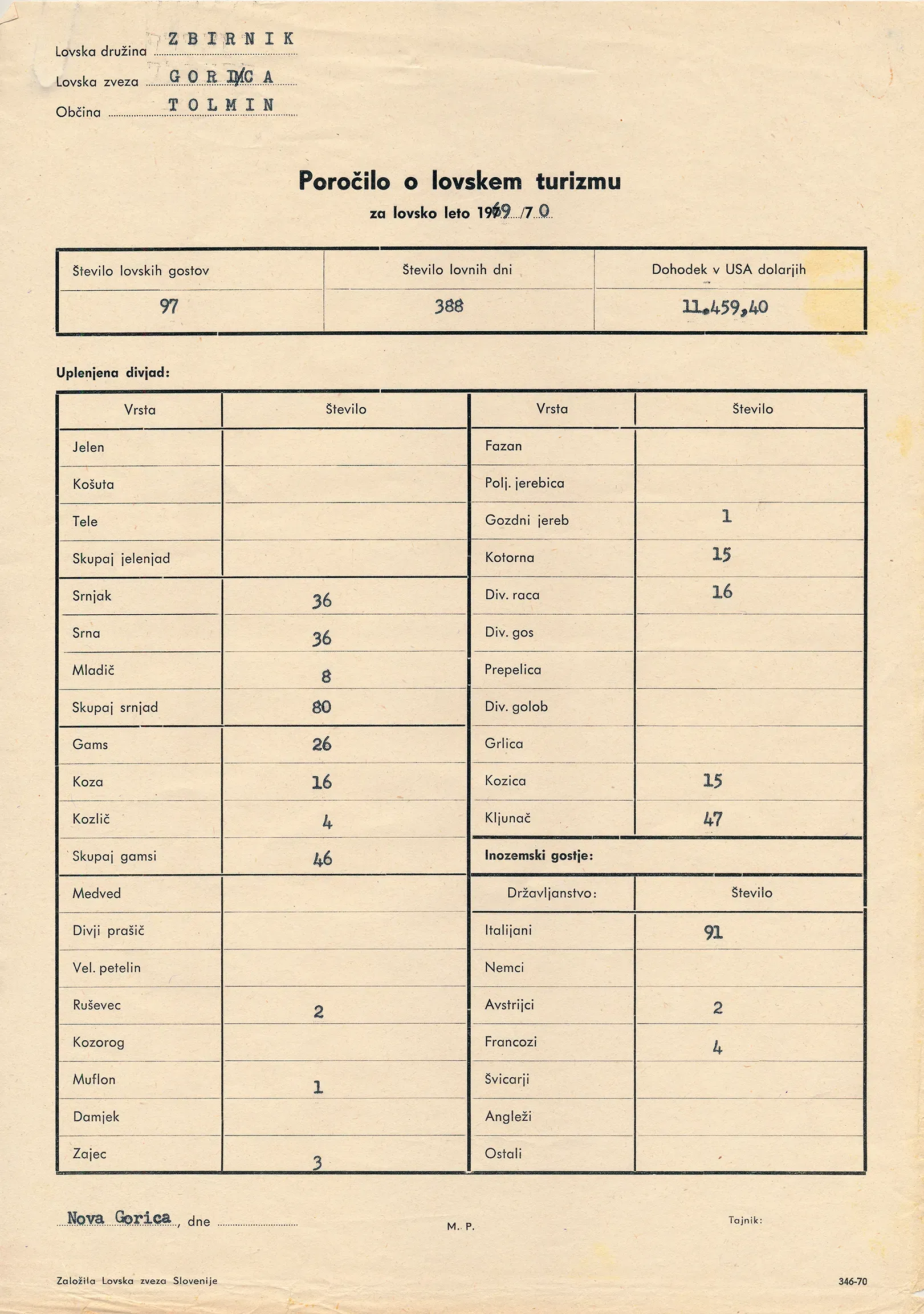
Completed report on hunting revenue from 1969/70 in the municipality of Tolmin, given in US dollars. The document also shows which animals were hunted in the area (roe deer, chamois, mouflon, rabbit, black grouse, hazel grouse, rock partridge, mallard, common snipe) and which countries the hunting guests were from (Italians, French, Austrians).
